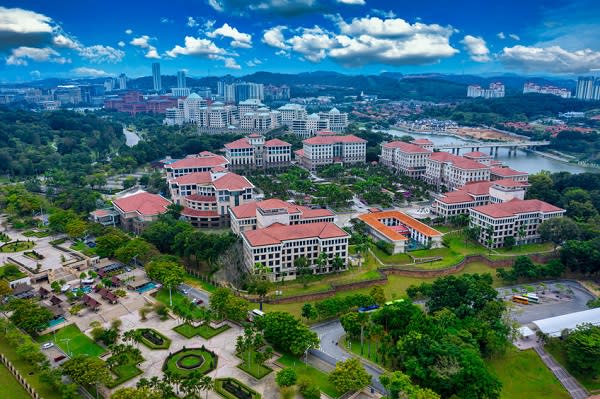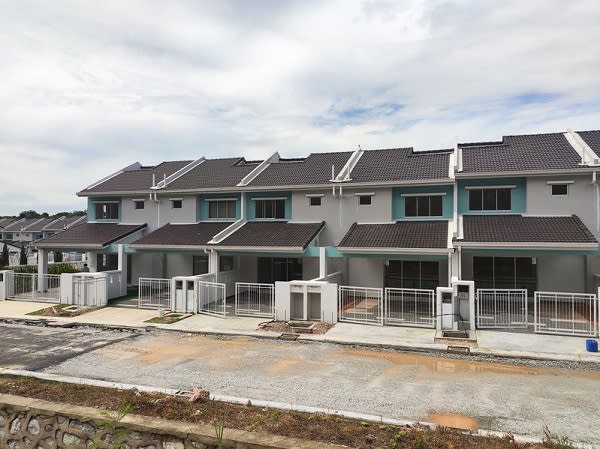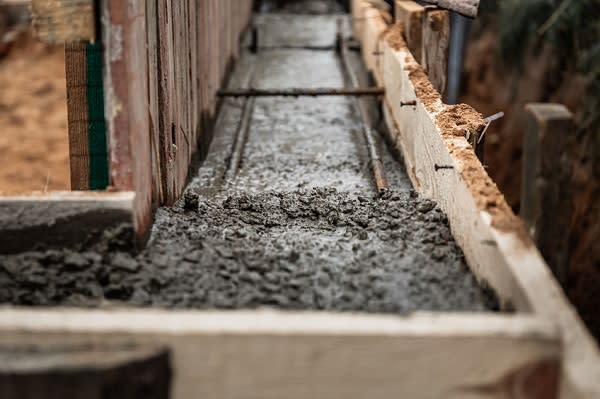Assessment Tax Cut For Putrajaya Homes Shows Government’s Concern For Civil Servants, No More Property Valuation Reports For Petaling Jaya Developers And, More

20th December – 27th December
The 30% assessment tax discount offered by the government for homes costing below RM300,000 in Putrajaya proves the government’s concern for civil servants.
Meanwhile, property developers in Petaling Jaya, Selangor need not worry of looking for a certified valuer to prepare the property valuation report for their planning permission application from 1 January next year.
1) Assessment tax cut for Putrajaya homes shows government’s concern for civil servants
The 30% assessment tax discount offered by the government for homes costing below RM300,000 in Putrajaya proves the government’s concern for civil servants.
This comes as most of the homeowners benefitting from the tax cut are civil servants, said Datuk Adnan Mat, President of Congress of Union of Employees in the Public and Civil Services (CUEPACS).
The tax discount would take effect from 1 January 2023, until Putrajaya Corporation conducts a reassessment exercise, reported Bernama.
Adnan also revealed that Congress has proposed a review of affordable housing projects for civil servants as there are many idle government-owned lands within Putrajaya and the rest of Malaysia.
CUEPACS hopes that the implementation of special housing projects for civil servants would be reinstated, with Putrajaya as the first location for the restart of such projects.
“We are not asking for free housing because we are willing to buy, but the prices that the developers are currently offering do not make sense with the current salary rates of civil servants,” he said.
2) No more property valuation reports for Petaling Jaya developers
Starting 1 January next year, property developers in Petaling Jaya, Selangor need not worry of looking for a certified valuer to prepare the property valuation report for their planning permission application.
This comes as the Petaling Jaya City Council (MBPJ) Valuation and Property Management Department will handle the preparation of the property valuation reports, saving developers the hassle of appointing a certified valuer to prepare such report.
“It will also speed up the process of obtaining approval for planning permission,” said Petaling Jaya mayor Mohamad Azhan Md Azmir as quoted by The Star.
“Developers can appeal if they think the property value fixed by MBPJ is higher than the current market rate.”
He noted that MBPJ’s land valuation rate would be reviewed every two years, given the fluctuating nature of property value.
Procedures and guidelines for property development will also be reviewed and improved to expedite approvals, he added.
3) Perak to build four new people’s housing projects
The state government of Perak mulls building four new People’s Housing Projects (PPR) in a bid to help displaced squatters and low-income people own a comfortable and affordable house.
State Housing and Local Government Committee Chairman Sandrea Ng Shy Ching revealed that the state has 16 PPR projects, featuring 2,876 housing units, revealed Bernama.
“We have received 1,378 applications for PPR homes this year and most of them have to be put on the waiting list for now,” she said.
“The state government through the Perak Housing and Property Board has proposed four sites for the construction of PPR to the (local government development) ministry. We all hope that these applications will be approved soon to help more people get a PPR house,” added Ng.
She made the statement in response to Datuk Zainol Fadzi Paharuddin’s (Bersatu-Sungai Manik) question.
4) Local property sector still not out of the woods
Hong Leong Investment Bank (HLIB) Research said housing oversupply issue in Malaysia is easing, supporting a healthier increase in home prices moving forward.
“However, the biggest stumbling block to the sector recovery remains the labour shortage situation, which impedes the acceleration of site progress and developers from pursuing more aggressive launches,” noted the research house.
Aside from labour shortage, the slowdown in launches is also due to volatile building material costs and supply-side issues.
Nonetheless, it revealed that developers under its coverage posted commendable results during the third quarter of 2022, with four being above expectations, three within expectations and one below, reported The Star.
When compared against consensus, two were above expectations, five within and one below.
The research house expects developers with ample ongoing projects and completed inventories to “remain cautious and continue to adopt a wait-and-see approach in new launches, given that the labour supply remains tight while building material costs have yet to stabilise”.
With this, HLIB Research kept its “neutral” rating on the sector.
5) Builders associations want cement, concrete price hikes investigated
Builders associations in Malaysia have called for an investigation on the steep hike in cement and concrete prices since November 2020.
In a joint statement, the Johor Builders Association, the Perak Contractors Association, the Penang Builders Association and the Malacca Builders Association expressed their home that the issue would be addressed by the Ministry of Domestic Trade and Cost of Living (KPDN) and resolved quickly, reported Bernama.
“We also want to extend an appeal to the ministry to do a review, whether there is any party that may have violated the Competition Act which prohibits anti-competitive agreements and abuse of dominant position in the market during the implementation of these price increases,” read their joint statement.
They noted that the prices of cement and concrete had increased by 15% in November following a 15% hike in March, putting severe pressure to the entire construction industry.
“However, we hope that all parties in the construction industry can continue in this difficult business environment in a more sustainable way,” they said.
6) OPR hike led to fewer loan applications in October
Loan applications for the acquisition of property dropped 7.3% month-on-month to RM43.95 billion in October, after falling 11% month-on-month in September, showed Bank Negara Malaysia (BNM) data.
The decline in loan applications came after the overnight policy rate (OPR) was raised various times this year to battle soaring inflation, reported The New Straits Times.
Notably, the OPR was raised for the fourth time this year – by an additional 25 basis points (bps) to 2.75% in November, much like the hikes seen in September, July and May.
Knight Frank Malaysia’s General Managing Director Sarkunan Subramaniam expects the increase to have a big impact on the property market and urged BNM and the government to halt interest rate hikes, saying it will hurt borrowers with existing loans as well as dissuade property buyers.
However, AmBank Research sees BNM’s Monetary Policy Committee raising OPR by another 25 bps to 3% by early next year, further stifling property demand.
7) Demand for commercial property to improve in 2023
The demand for office and retail space is forecasted to increase in 2023, despite rising interest rates, hybrid work trends and economic uncertainties.
CCO & Associates (KL) Sdn Bhd Executive Director Chan Wai Seen noted that overall occupancy rate for purpose-built offices are estimated to hover at about 71%, while that for shopping complexes stand at around 75%.
He pointed that commercial buildings’ occupancy rates were at their worst during the COVID-19 pandemic, reported The Malaysian Reserve. Many of these commercial buildings are now recovering following the reopening of economic sectors and easing of COVID-19 measures.
“Barring any unforeseen circumstances, commercial buildings located at strategic locations and are well-maintained should record improvements in 2023,” said Chan.





